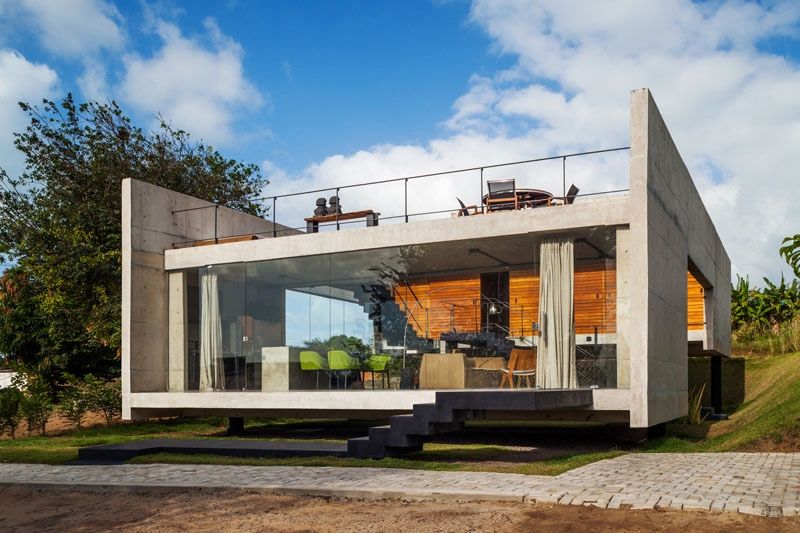Cost-Effective Building Materials
Building a house or any other structure is a significant investment. The cost of construction materials can be a significant portion of the total cost. However, there are many cost-effective building materials available that can help reduce the overall cost of construction. In this article, we will discuss some of the most popular cost-effective building materials. Visit Carlisle Homes if you are interested in home builders.

Laminated Veneer Lumber (LVL)
Laminated Veneer Lumber (LVL) represents a composite substance formed by bonding thin layers of wood veneer. Its superior strength and reduced weight compared to conventional options make it a quicker and simpler installation choice. This enhances efficiency, reduces construction time, and minimizes expenses related to shaping. Additionally, LVL’s remarkable resistance to warping, twisting, bowing, or shrinking sets it apart. Overall, LVL serves as a dependable, uniform, and high-performing substitute for solid lumber within structural systems.
Autoclaved Aerated Concrete (AAC)
Autoclaved Aerated Concrete (AAC) is a special type of lightweight concrete, ready-made and filled with foam. It’s perfect for crafting building blocks and similar concrete units used in construction projects. It has improved thermal efficiency and superior fire resistance. Furthermore, it plays a significant role in cutting down on solid waste while being lighter and more spacious. What’s more, it acts as a fantastic option for soundproofing and keeping spaces quieter, just like a dependable friend who helps create a peaceful and serene environment.
Cardboard
Cardboard is a material that is often overlooked as a building material. During the pandemic, people have changed their perspectives on how various materials can be used in different ways. Vikram Dhawan and his brother, who run a cardboard products factory in Rajasthan, hit upon the idea of inexpensive, recyclable beds from cardboard coated with a protective waterproof substance that enables it to be cleaned quickly and easily. It possesses considerable strength despite weighing up to 300 kilograms, yet remains easy to lift due to its lightweight nature.
Light Transmitting Concrete
Light Transmitting Concrete is a translucent material combining fiber optics and concrete, transmitting light up to 20 meters thick, ideal for natural lighting, albeit compromising concrete’s compressive strength, while offering embedded heat isolation.
Self-Healing Concrete
Just as regular concrete is strong under pressure but weak against stretching forces, bio-concrete is its innovative cousin. Like a superhero, it’s created akin to regular concrete but with special ‘healing agents’ mixed in. These agents, including active bacteria, stay ready within the mix. When cracks occur and water seeps in, they trigger a natural process, activating biological limestone to mend the cracks, ensuring the structure’s self-healing capabilities.
Bamboo
Bamboo is a material that has been known since ancient times and was mainly used in rural areas. Now, its use is widespread, especially in areas that are earthquake-prone as they have great strength and are also fire-resistant. Before choosing bamboo, it’s essential to treat it with a good amount of chemicals so it is prevented from termites.
Conclusion
There are many cost-effective building materials available that can help reduce the overall cost of construction. The materials discussed in this article are just a few examples of the many options available. When choosing building materials, it is essential to consider factors such as durability, strength, and environmental impact. By choosing the right materials, you can save money while still building a high-quality structure.
